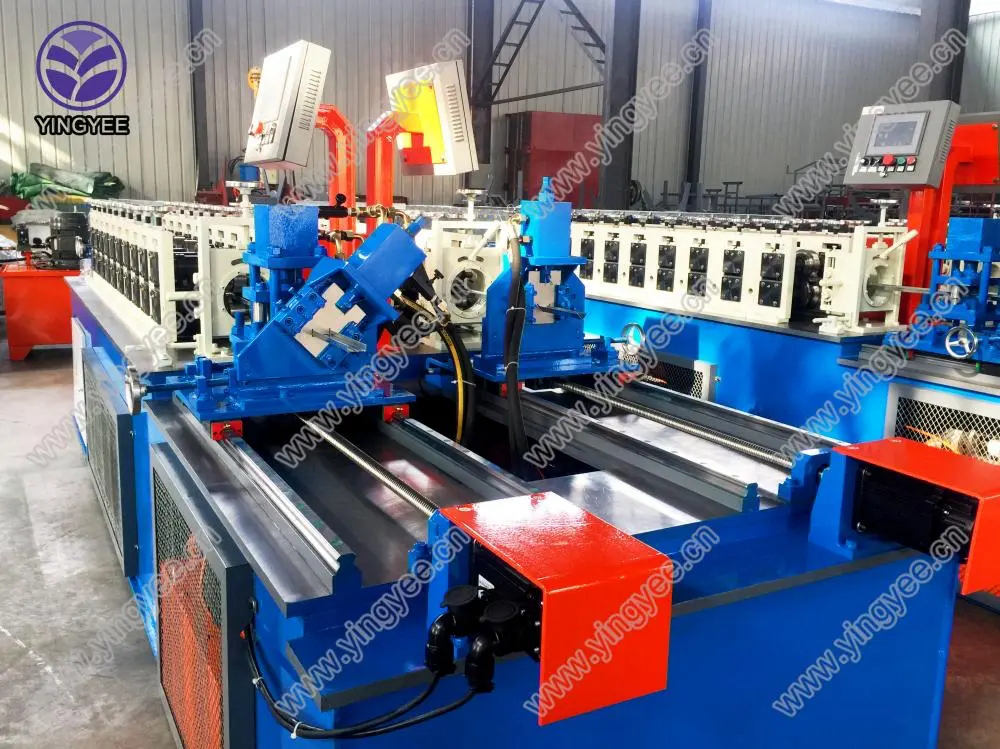
The Automatic Cut to Length Line Revolutionizing Production Efficiency
In today’s fast-paced manufacturing environment, the need for efficiency and precision is paramount. One of the solutions gaining traction in various industries is the Automatic Cut to Length Line, a highly sophisticated system designed to streamline production processes, reduce waste, and improve overall productivity.
At its core, an automatic cut to length line is a mechanized setup that precisely cuts long strands of material into predetermined lengths without manual intervention. This system is particularly beneficial for industries dealing with metal, plastic, paper, and wood, where raw materials often come in lengthy rolls or sheets. The automation of this cutting process minimizes human error and maximizes consistency in the output, making it an invaluable asset for manufacturers.
One of the primary advantages of implementing an automatic cut to length line is the enhanced efficiency it brings to production lines. Traditional cutting methods often require multiple operators and can be time-consuming, leading to potential bottlenecks. In contrast, an automatic line incorporates advanced technologies such as sensors, actuators, and programmable logic controllers (PLCs) that work together to minimize the time taken for cutting, thereby increasing throughput. This allows businesses to meet higher order demands without compromising on quality.
The precision offered by automatic cutting systems is another significant benefit. Manual cutting methods can lead to inaccuracies, which may result in material waste and increased costs. Automatic cut to length lines utilize laser technology or high-precision blades to ensure that each cut is made with exact measurements. This level of accuracy not only reduces scrap material but also leads to better-quality products, enhancing overall customer satisfaction.

Additionally, these systems can be customized to accommodate various materials and sizes, making them versatile for different production needs. Manufacturers can easily adjust cutting lengths, speeds, and other parameters to suit specific project requirements without the need for extensive reconfigurations or downtime. This adaptability is especially crucial in industries that require frequent changes in production specifications.
Safety is another area where automatic cut to length lines excel. By reducing the need for manual intervention, these systems lower the risk of workplace accidents associated with cutting materials. Operators can oversee the process from a distance, ensuring they are not exposed to potential hazards. This focus on safety not only protects the workforce but also helps companies adhere to stringent safety regulations.
Moreover, the integration of smart technology into automatic cut to length lines introduces several additional benefits. Many modern systems are equipped with monitoring software that allows for real-time tracking of production metrics. This data can be analyzed to identify inefficiencies, optimize processes, and enhance maintenance schedules, driving continuous improvement in manufacturing operations.
In conclusion, the automatic cut to length line represents a significant advancement in manufacturing technology. By enhancing efficiency, ensuring precision, improving safety, and providing versatility, these automated systems are revolutionizing the way materials are processed in various industries. As manufacturers continue to seek ways to optimize their production processes, the adoption of automatic cut to length lines is set to rise, paving the way for more efficient and cost-effective operations. Embracing this technology is not just a trend; it is a strategic move towards a more sustainable and productive future in manufacturing.